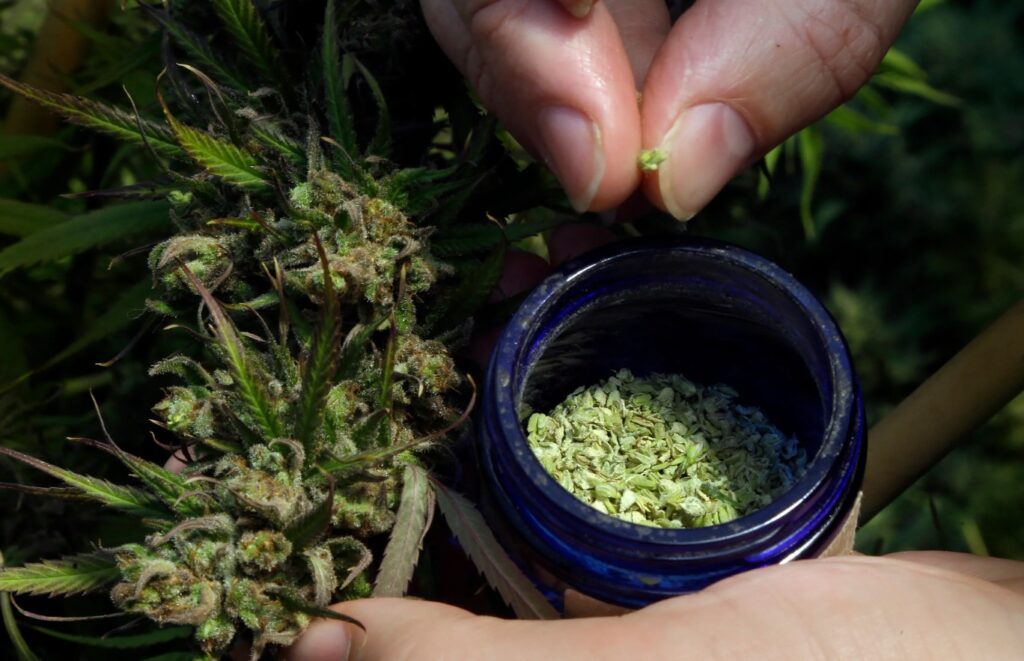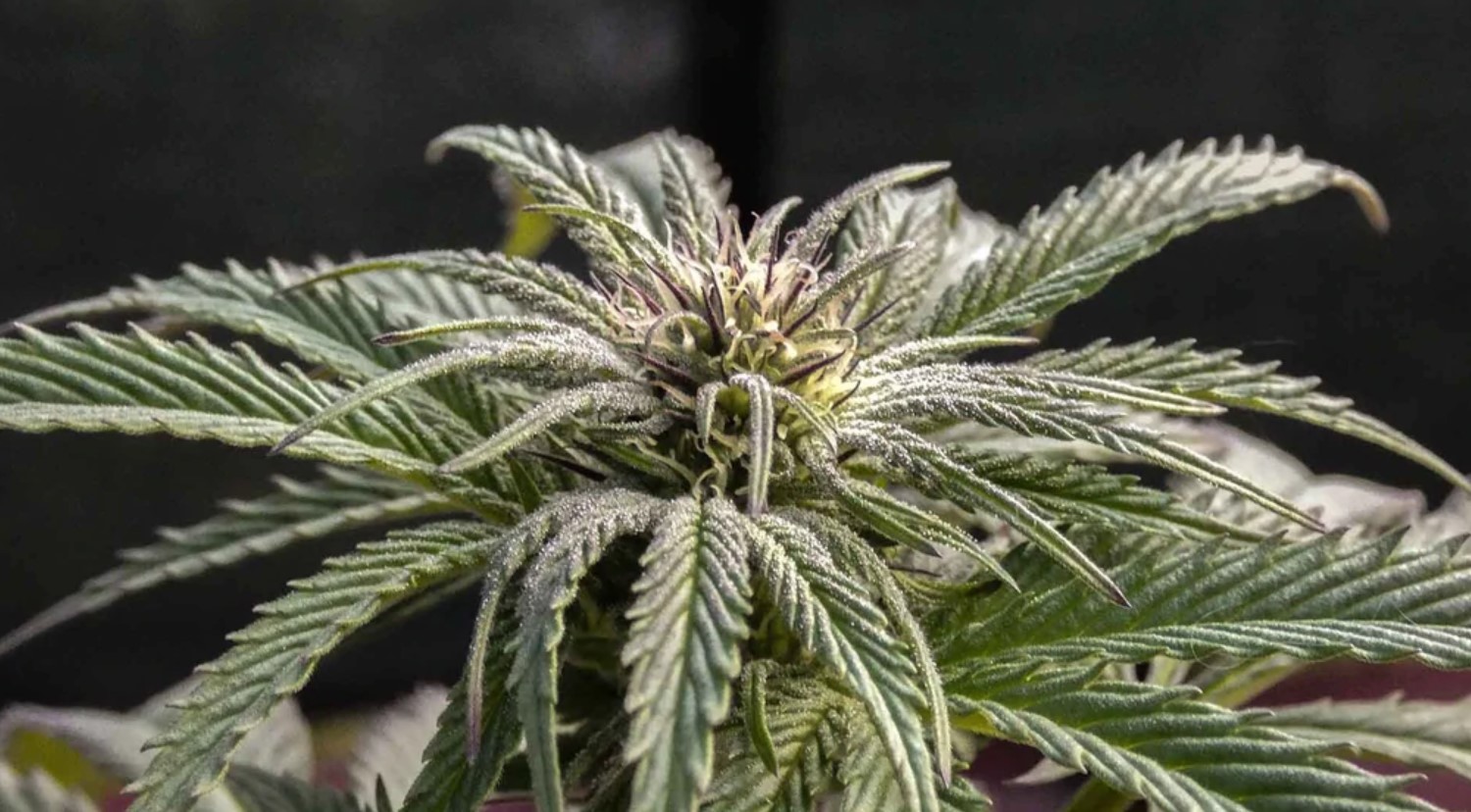Cannabis plants include over 400 chemical components, many of which function together to produce “the entourage effect,” or synergistic effects. Cannabinoids, terpenes, flavonoids, and other compounds combine to optimize health benefits while minimizing negative side-effects. Try our winter berry strain and full melt bubble hash canada.
What Is the Entourage Effect?

It has also been observed in clinical studies that the interaction between cannabinoids, terpenes, and other chemical compounds in the cannabis plant may generate a more positive effect than taking one compound alone. Many consumers are now more concerned with obtaining a full spectrum of minor cannabinoids, terpenes, and other medicinal components rather than high THC content.
Cannabis Compounds – Cannabinoids, Terpenes, and Flavonoids
Cannabis is a complicated plant with hundreds of distinct components, many of which are more therapeutically active than others. While THC and CBD attract most of the attention, numerous other cannabis chemicals can work together with THC and CBD to provide greater health advantages.
Cannabinoids
Phytocannabinoids, or cannabinoids, are plant-derived chemicals that interact with the endocannabinoid system’s endocannabinoid receptors, part of the ECS. The ECS controls a variety of functions, including sleep, memory, mood, and hunger.
The most well-known cannabinoids in cannabis are THC and CBD, which account for about 90% of the plant’s chemical profile. Minor cannabinoids such as cannabigerol (CBG), cannabinol (CBN), and cannabichromene (CBC), among others, compose a tiny portion of the plant but have positive effects when paired with other cannabis plant chemicals.
Terpenes
Terpenes are chemical compounds that occur naturally in plants, fruits, and herbs. They contribute to the aroma and flavor of a plant. Terpenes generate the distinctive scent and taste of cannabis strains.
Flavonoids
Cannabis plants contain over 20 distinct flavonoids. They are responsible for the colors and tastes of plants, such as cannabis. Flavonoids also help protect plants from UV light, disease, and pests. Flavonoids have also been shown to have medicinal applications in research.
Ways to Experience the Entourage Effect
Let’s look at the many sorts of CBD available in the market, as well as which are thought to take advantage of the entourage effect. Because all chemicals other than CBD were removed to produce this product, one type of CBD – CBD isolate – is not covered below because it does not have an entourage effect.
Full-Spectrum CBD: If you’re searching for a CBD product that contains the most of the plant’s chemical compounds, look no further than full-spectrum CBD goods. These things are characterized as containing the entire plant cannabinoid profile, including THC. To avoid getting high from THC, seek for hemp-derived CBD products that contain trace amounts of THC below 0.3 percent. Full-spectrum CBD oils frequently include terpenes, flavonoids, fatty acids, and minor cannabinoids in addition to THC.
Whole Plant CBD: Despite the fact that many people think that whole plant CBD and full spectrum CBD are the same, there are actually some significant distinctions. To begin with, whole plant CBD includes the complete plant, which includes waxes, fats, and other elements absent from full spectrum oil. In other words, whole plant CBD is a less refined version of full spectrum CBD. One of the problems associated with this sort of CBD is that the flavor is not as nice as pure hempseed oil or that the entire hemp plant may be bitter.
Broad Spectrum CBD: The variety of cannabinoids in broad spectrum CBD products is typically wider, and what many people like about this choice is that it contains smaller amounts of THC. The majority of broad spectrum medications will have traces of THC, but they will show up as non-detectable (ND) on the COA. These items are comparable to full-spectrum CBD oil in terms of THC content.
What ratio of THC to CBD is best?
While it’s possible that THC and CBD work better together than alone, keep in mind that cannabis has a wide range of effects on individuals — and everyone’s expectations for cannabis use are different.
A Crohn’s disease patient who uses cannabis-based medications to alleviate nausea will have a different ideal ratio of THC to CBD than a weekend warrior who uses it for muscular discomfort. There is no such thing as one dosage or ratio that works for everyone.
Start by talking to your healthcare provider if you want to use CBD and THC together. They may be able to give you a suggestion, as well as inform you about any potential drug interactions if you’re taking any medicines.
It’s also essential to know that both THC and CBD have the potential to produce unwanted effects. THC is psychoactive, and some users may experience tiredness, dry mouth, sluggish reaction times, short-term memory loss, and anxiety as a result of using it. CBD can induce undesirable side effects like weight changes, nausea, and Diarrhea.
It’s also worth noting that marijuana is prohibited at the federal level, but permitted in certain states. Check your state’s laws before using a product with THC to ensure that it is legal where you live.
